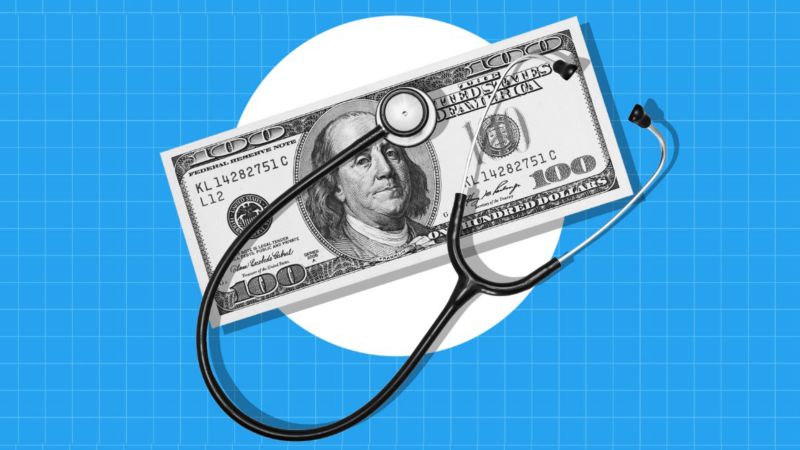In recent developments surrounding medical debt in the United States, a federal court ruling has upheld that unpaid medical bills will continue to impact Americans’ credit reports. This ruling comes after Judge Sean Jordan, of the U.S. District Court for the Eastern District of Texas, annulled a rule put forth by the Biden administration’s Consumer Financial Protection Bureau (CFPB). The CFPB’s initiative aimed to eliminate certain debts, particularly medical bills, from credit assessments. Judge Jordan’s decision has raised concerns about the potential implications for millions of consumers burdened by medical debt.
The crux of the ruling hinges on the finding that the CFPB exceeded its authority as defined under the Fair Credit Reporting Act. Judge Jordan concurred with arguments presented by two industry associations that challenged the legality of the rule. He noted that every major provision within what was termed the Medical Debt Rule fell outside the agency’s jurisdiction, a point he emphasized in his opinion. This determination reflects ongoing tensions between federal regulatory bodies and industry stakeholders, a dynamic that has been a hallmark of consumer finance debates in recent years.
The Medical Debt Rule, which was finalized in January shortly before the transition to the Biden administration, was poised to significantly alter the financial landscape for approximately 15 million Americans. The CFPB estimated that up to $49 billion in medical debt could have been removed from credit reports if the rule had been enacted. Proponents had argued this would ultimately benefit consumers by improving their credit scores, potentially leading to the approval of roughly 22,000 additional mortgages annually. By removing medical debt from credit considerations, the rule aimed to rectify inherent inaccuracies in healthcare billing, where discrepancies often arise and lead to prolonged disputes between patients and insurance providers.
In addition to removing medical debt from credit reports, the proposed rule sought to restrict lenders from using crucial medical equipment—such as wheelchairs and prosthetic limbs—as collateral. It would have put safeguards in place, preventing the repossession of these devices from individuals unable to meet repayment obligations. Despite these consumer-oriented intentions, certain provisions would still allow lenders to factor in medical information, particularly if a consumer sought a loan specifically for health-related expenses or needed accommodation due to medical circumstances.
Despite the CFPB’s rationale that medical debt is a poor indicator of a consumer’s ability to manage other loans, the ruling has sparked significant backlash from various political and industry factions. Republican lawmakers quickly expressed their disagreement with the rule upon its proposal last August. They conveyed their concerns in a letter to then-CFPB Director Rohit Chopra, asserting that the removal of such debt from credit evaluations would undermine the accuracy of credit reporting. Their argument rested on the premise that such changes could create a risky financial environment, diminishing consumer access to credit, particularly for vulnerable populations.
The Consumer Data Industry Association, one of the plaintiffs against the CFPB, welcomed Judge Jordan’s ruling, stating that the proposed rule could have resulted in lenders receiving an incomplete picture of a borrower’s creditworthiness. Dan Smith, the CEO of the association, underscored the importance of maintaining a robust and accurate credit reporting framework, which he claimed was critical for the integrity of America’s financial system. He framed the ruling as a necessary step to preserve the reliability of credit assessments.
Furthermore, additional commentary from ACA International, an organization representing credit and collection professionals, highlighted a broader concern—they indicated that the CFPB overstepped its regulatory boundaries, speculating that the rule could inadvertently restrict lending practices and push healthcare providers to demand upfront payments. This multifaceted argument encapsulates the ongoing debate regarding the balance between consumer protection and the operational realities of financial and healthcare systems.
As the implications of this ruling further unfold, it underscores the ongoing clash between regulatory efforts to shield consumers from the burdens of medical debt and the financial industry’s commitment to maintaining comprehensive credit reporting practices. The significance of medical debt and its treatment in credit reporting will likely continue to be a contentious issue, a professional battleground reflecting larger societal concerns related to healthcare access and financial equity.











